SUMMARY
This is AI generated summarization, which may have errors. For context, always refer to the full article.
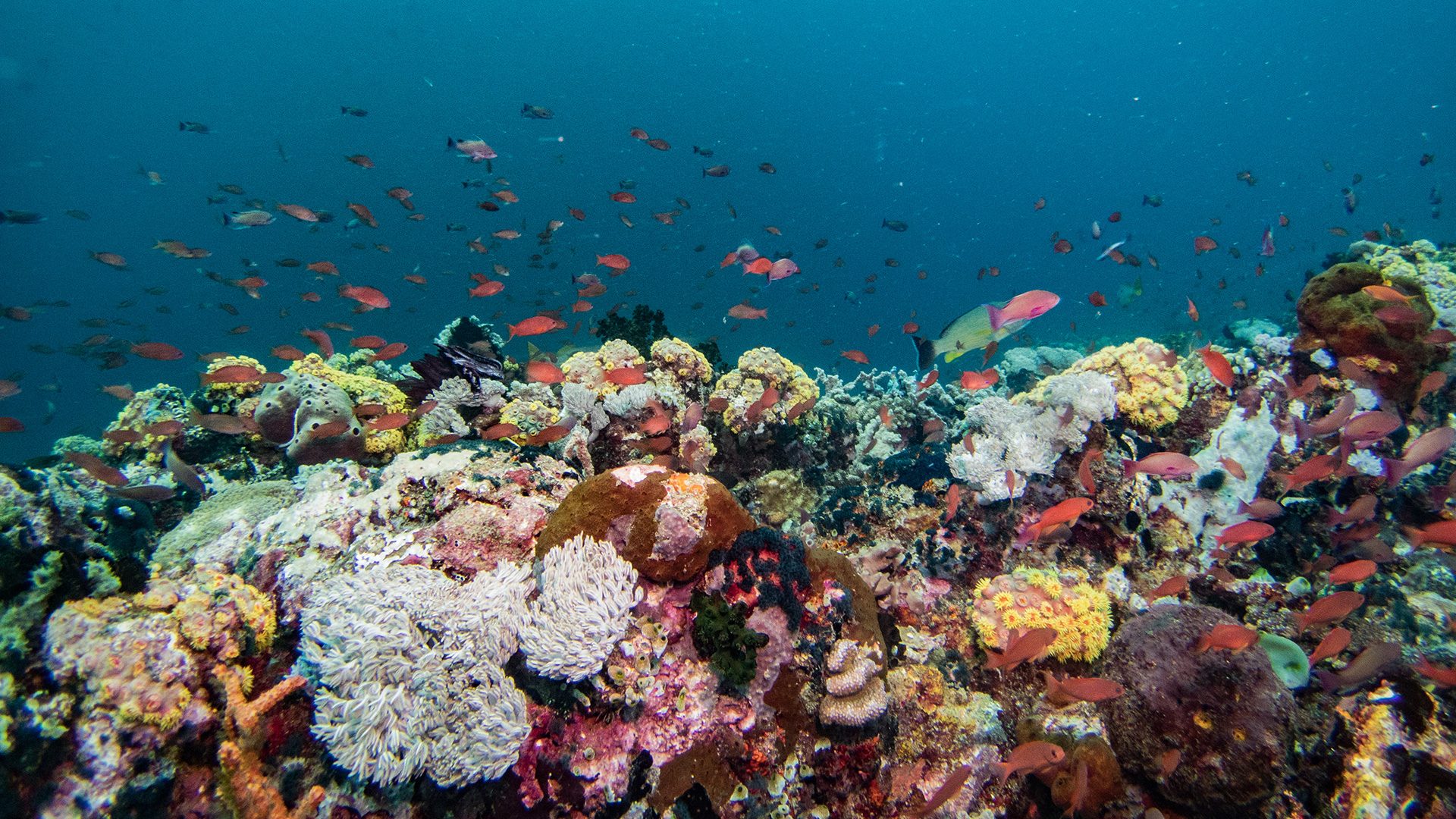
MANILA, Philippines – Owners of the Philippines’ largest business conglomerates building the Philippines’ largest liquefied natural gas (LNG) facility in Batangas inked a deal with the government, vowing to pour resources and protect the marine ecosystem of Verde Island Passage (VIP).
Dubbed the “big three,” Aboitiz Equity Ventures of the Aboitiz family, Metro Pacific Investments Corporation (MPIC) of Manuel Pangilinan, and Ramon Ang’s San Miguel Corporation (SMC), inked a Memorandum of Understanding with the Department of Environment and Natural Resources (DENR) and the Department of Energy (DOE), on Tuesday, May 7. In the MOU, the conglomerates assumed joint stewardship of the critical waterway between Luzon and Mindoro.

This comes as environment groups raised concerns over the LNG terminal the tycoons are building.
“By building more fossil gas power plants in the VIP (Verde Island Passage), it is exposing the marine corridor and adjacent communities to pollution, biodiversity and livelihood disruption, and exacerbated effects of the climate crisis,” said Gerry Arances, executive director of sustainability think tank Center for Energy, Ecology, and Development (CEED), a co-convenor of Protect VIP.
The Verde Island Passage encompasses five provinces in Luzon – Batangas, Oriental and Occidental Mindoro, Marinduque, and Romblon – and is at the heart of the Coral Triangle, circling countries like Indonesia, Malaysia, Papua New Guinea, the Solomon Islands, and Timor-Leste.
Know more basic facts about the Verde Island Passage here:
Tycoons’ plans
This is the first facility where three leading power companies are working together for a power project.
The LNG is dubbed the country’s first and “most expansive” integrated liquefied natural gas (LNG) facility in the province of Batangas valued at $3.3 billion (P185.2 billion).
The tycoons will likewise invest in almost 100% of the LNG import and regasification terminal owned by Linseed Field Corporation, which is, in turn, currently owned by the local office of Singaporean LNG firm Atlantic, Gulf & Pacific Co. The facility will be used to receive, store, and process LNG fuel for the two power plants.
Once operational, it would have over 2,500 megawatts of generation supply, backed by “advanced LNG storage and regasification capabilities.”
At least seven LNG terminals are expected to be built along the coasts of Luzon.
MOU details
Environment Secretary Maria Antonia Yulo-Loyzaga said the MOU will firm up commitments to protect the Verde Island Passage.
The MOU will be in effect for five years, with possible extension, with funding from each of the five signatories.
The MOU requires the parties to establish a marine science biological research station in the area and across the nearby five provinces in partnership with higher educational institutions such as the University of the Philippines Systems, De La Salle University, and the California Academy of Sciences.
Among the concerns of environment groups is the potential impact on the area of waste water being dumped back.
Aboitiz said that hiring experts will ensure that the water temperature and its content would not harm the passage.
“We’re not experts in environment so our role here is to support the experts and provide resources and provide the funding,” Aboitiz said.
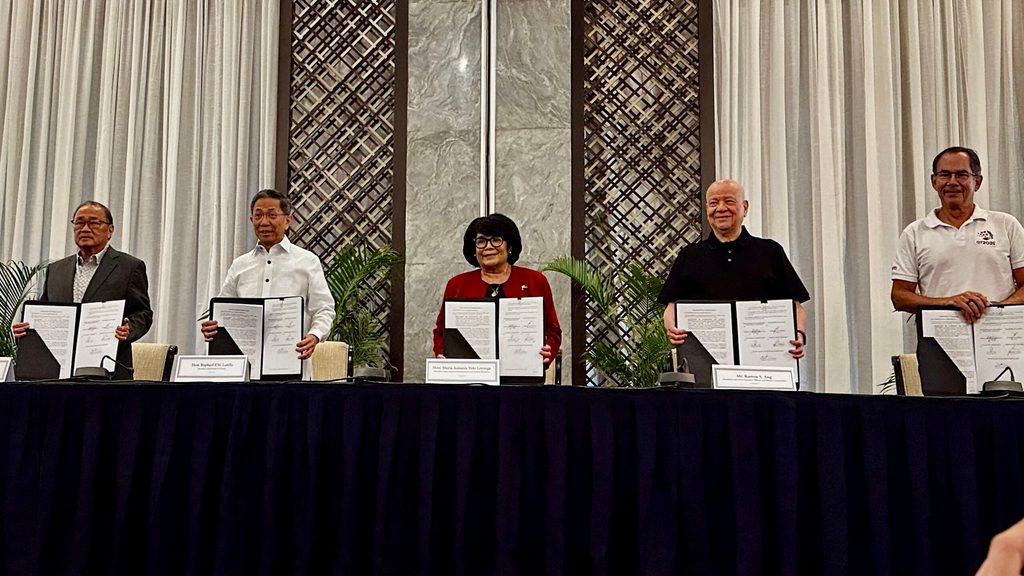
The agreement also seeks to give affected communities an opportunity to be heard through a dialogue where they can express their concerns. Communities will also be given sustainable access and use of coastal and marine resources.
“As a framework for joint stewardship and sustainable development, this historic initiative not only underscores the collective commitment to environmental preservation but also heralds a new era of public-private collaboration aimed at ensuring the longevity of one of the world’s most biodiverse marine ecosystems,” Loyzaga said.
The signatories of the MOU also agreed to help meet the long-term goals and targets of the Kunming-Montreal Global Biodiversity Framework, a deal which basically commits nations to halt and reverse nature loss by 2030.
The DENR has declared the Verde Island Passage a marine protected area, but local governments in the five provinces want it “legally protected” with the full force and effect of the law to deter potential violators.
Sincerity
Environment groups like CEED have questioned the sincerity of the MOU, as the tycoons are engaged in the fossil gas business.
“There is no reason not to welcome efforts seeking to preserve the Verde Island Passage, which supports millions of Filipinos with their sustenance and livelihood. But MPIC, SMC, and Aboitiz cannot blame us if we raise questions over the sincerity of this MOU, considering their fossil gas business is one of the worst risks confronting the VIP today,” Arances said.
The group went on to point out that five of six existing fossil gas facilities, four of seven proposed LNG terminals, and nine of 39 gas power plants proposed in the Philippines are located in Batangas.
“These three conglomerates can show their sincerity in protecting the VIP by stopping their fossil gas expansion plans, prioritizing instead the development of clean energy from renewables and helping contribute to building the resilience of marine and coastal biodiversity and communities,” Arances said. – Rappler.com
Add a comment
How does this make you feel?
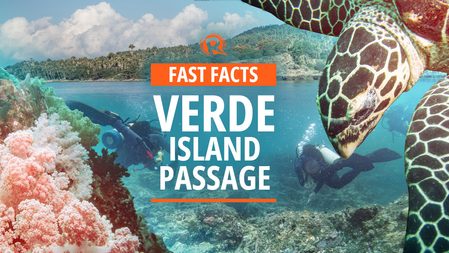
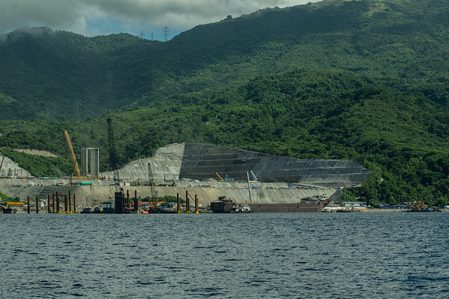

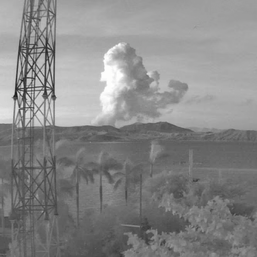
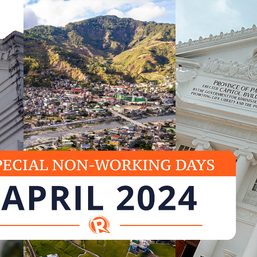
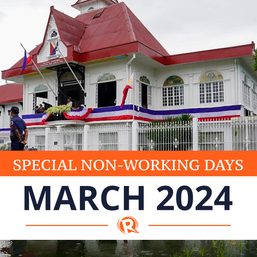



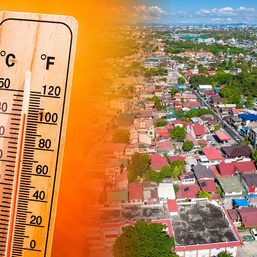



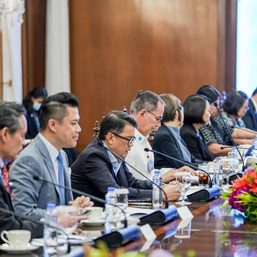
There are no comments yet. Add your comment to start the conversation.